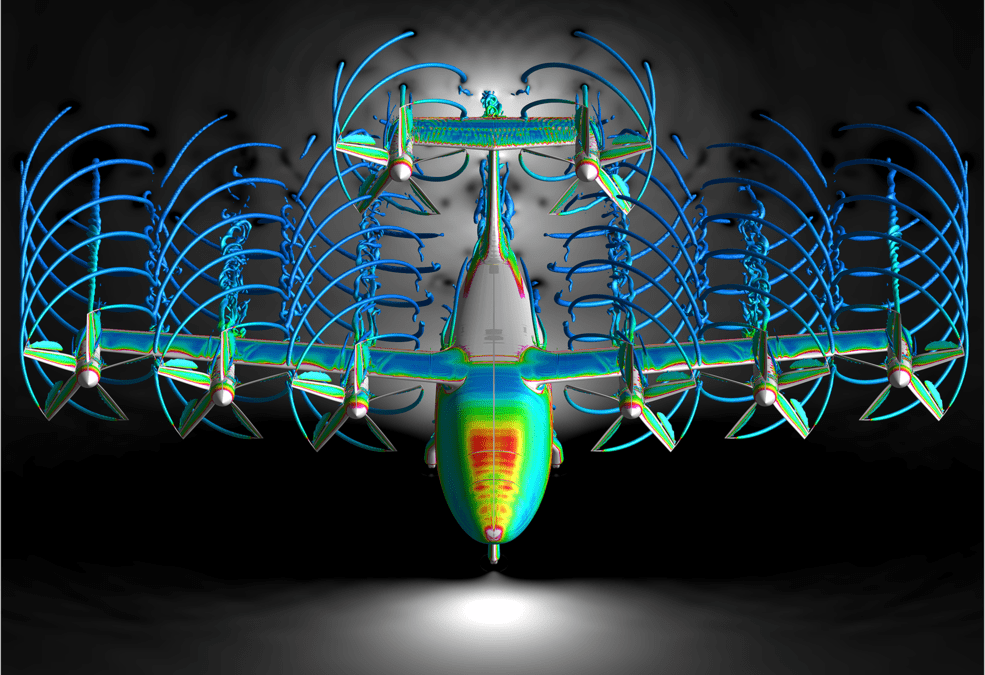Using NASA’s powerful supercomputers, researchers are simulating the aerodynamic performance of several promising air taxi vehicle configurations that will someday carry passengers and cargo in urban and suburban areas. The highly complex simulations will be used to help design and develop these future air taxis—also called Advanced Air Mobility (AAM) vehicles—that will be safe, quiet, and efficient.
NASA plays an important role in the development of AAM by identifying key research areas and conceptualizing the design of AAM vehicles. Recent simulations focus on the performance of tiltwing and quiet single-main rotor AAM concept vehicles. Simulations were carried out on the supercomputers, such as Aitken, at the NASA Advanced Supercomputing (NAS) facility at the agency’s Ames Research Center in California’s Silicon Valley, which allowed such complex simulations to be solved in just a few days. Understanding the complex flow structures in these rotary-wing aircraft is key to reaching AAM performance and noise-level goals.
